
28.04.2022
On the last edition of Materia Abierta, and from uncertainty as a place of theoretical speculation and assertive action, Florencia Carrizo, Mônica Hoff and Eva Posas constellate the infinite possibilities of poetry as a learning methodology.
When you began the conversations for the curatorship of this edition of Materia Abierta, what horizons and imaginaries did you invoke from your experiences? Which ones would be known to art, technology and theory?
Mônica Hoff: When you plan a program, it involves an endless number of desires and illusions, many intuitions and a few certainties. Especially when it’s a program based on learning, from which you want to teach what you truly want to learn. That is to say, a place where, more than sharing certainties, one wishes to invent other possible uncertainties and, with that, other diverse ways of coexisting.
We began to think about Ni apocalipsis ni paraíso [Neither apocalypse nor paradise] in October 2019 thinking that it would be a face-to-face program in CDMX during August 2020. Since then there were two primordial elements for us: the quality of the meeting and the possibility of poetry as a learning methodology.
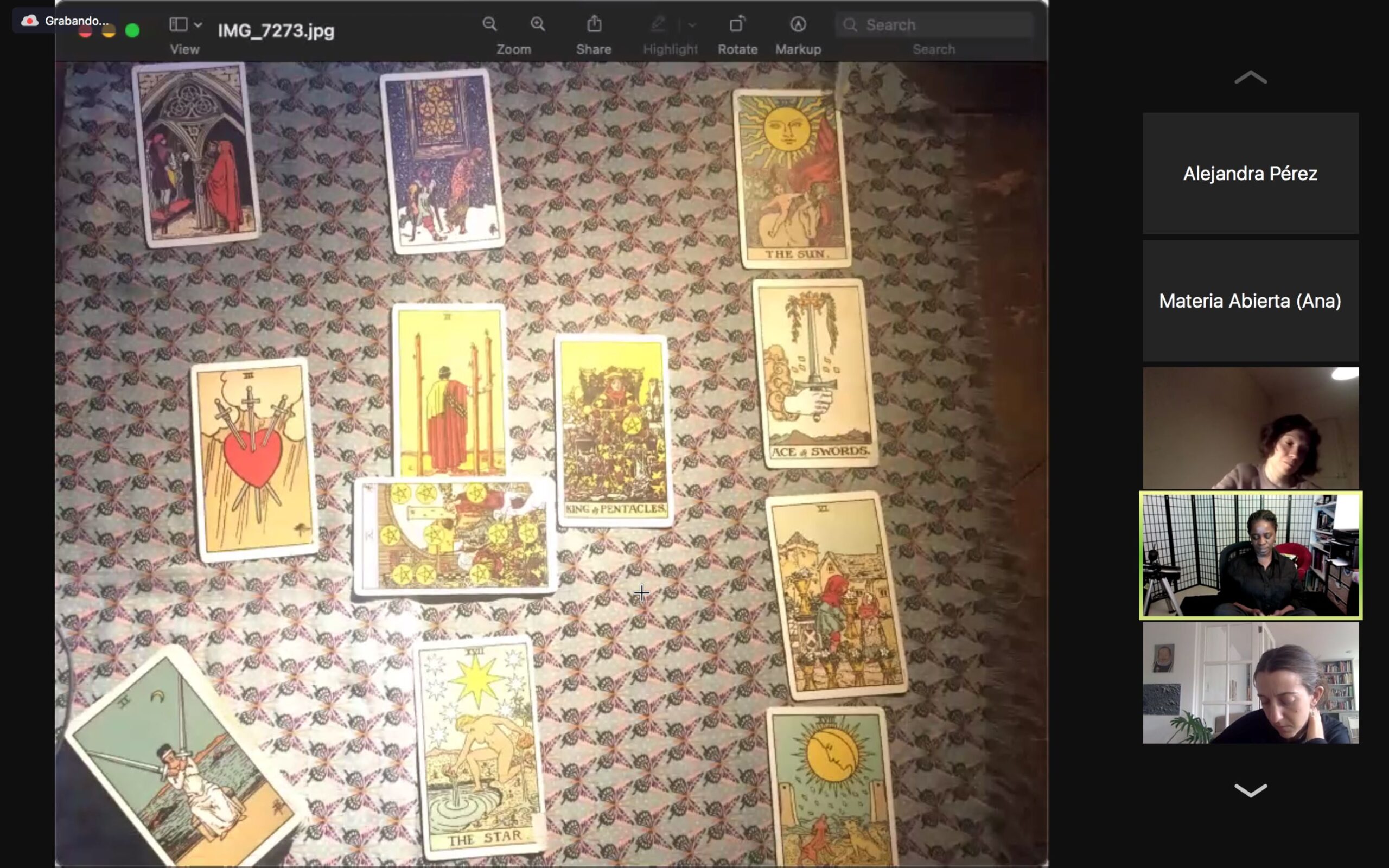
What does it mean to bring together people who do not know each other to share a process? How to build a learning space based on care, coexistence and listening? Within what is unnamed or unspoken? How to build a kind of stimulating horizontality from a learning program? How to better use time and space to reach this condition? How to relate the theoretical proposal with its practical occurrence? These questions were present from our first meetings and became more complex when the pandemic exploded, completely changing our lives.
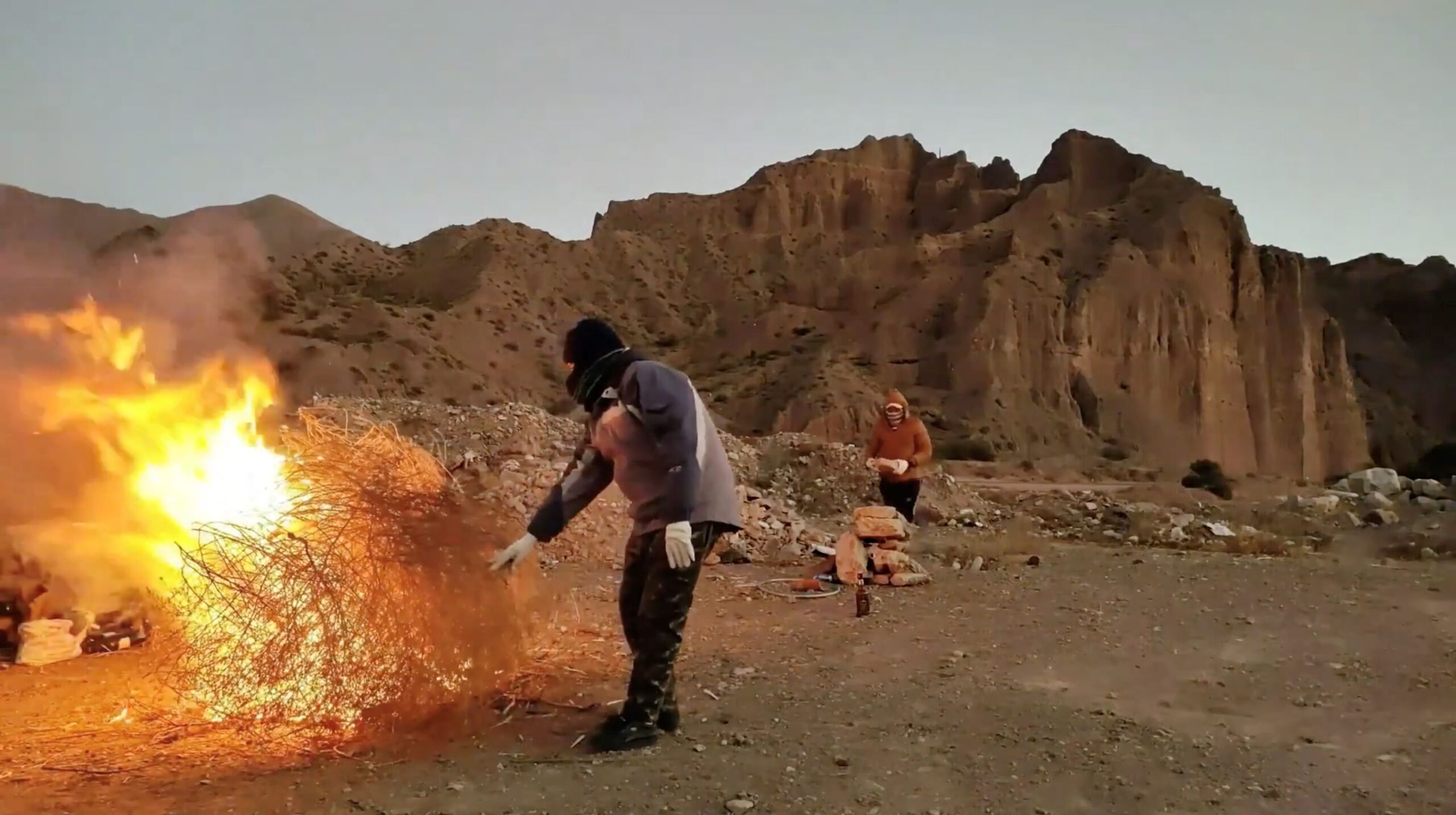
Eva Posas: Curiously, our first approaches to the program came from a flirtation with the future, from thinking about a future without a future. How to talk about the future, about Materia Abierta, when we were in three different temporalities of the planet, each one with its respective geopolitical contexts? How to talk about futures other than north-south-east-west, to escape our time zones, or to recognize and embrace them? Why talk about the future?
The open-call for this first version of the program was about to be published when the pandemic broke out and we put it on hold. The crisis was more than evident on all sides and we decided to observe respectfully, in silence, without verbalizing what was happening. In previous talks we had thought precisely that crises call words into question, they force us to think about what we want to say. At that time, the only words where we found some kind of refuge were in poetry, in the readings we did together, in weaving new daily rituals to keep us afloat: from reading books that had nothing to do with theory, planting tomatoes, cooking a lot, taking writing workshops; wishing each other well and accompanying each other via WhatsApp messages.
We imagined the program three times, each one nurtured by the different social and personal moments we went through, although we always returned to poetry as our primary axis. What we wanted to continue exploring, what helped us to dream instead of having nightmares, fueled our proposal. At some point we spoke of Flusser saying that reality had been created from language and, in turn, by poetry. To face our problems, then we need to invent poetically. Poetry has that rebelliousness against singular meanings and from there to think about how to emancipate ourselves through the language in use, to dilute the idea of the future in other narrative forms, fictions and above all in embodiment, in observing and naming the corporeal experience we were going through.
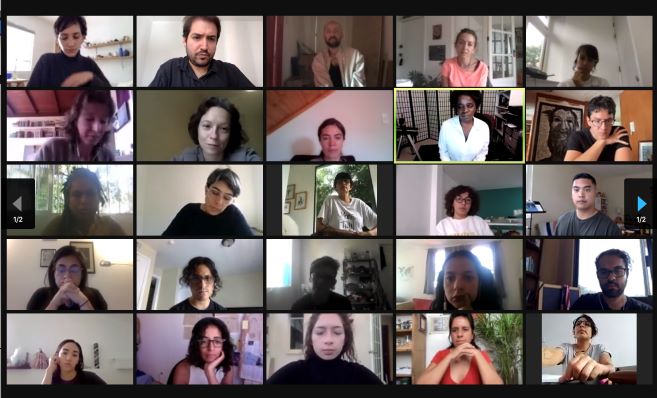
EP: Perhaps the possibility of another temporality is still woven in memory, like those thoughts that are felt very real, but that is also fed by invented memories, new fictions and remnants of other experiences that create a new composition of what happened every time you think about it. We are still reading or “interpreting” the information we experience as a whole. From memory as a place we build other presents. Instead of playing from speculation, we dedicate ourselves to remembering new memories hand in hand with the projects and geographies of each of the participants.
In Materia Abierta, other forms of encounter intertwined with artistic practices were traced and practiced; specifically, which ones do you consider to have touched on a neuralgic point of transformation of matter?
MH: The encounters more focused on the body and other modes of consciousness were very important to arrive at the place of transformation of matter, although it is precisely the combination of different elements that allow us to go beyond themselves, thus generating other modes of diverse coexistence. Perhaps this is the neuralgic point: how dreams, algorithms, the idea of queer ecology, food, writing, the heart, debt and tarot can teach us other ways of learning, coexisting and building other presents.
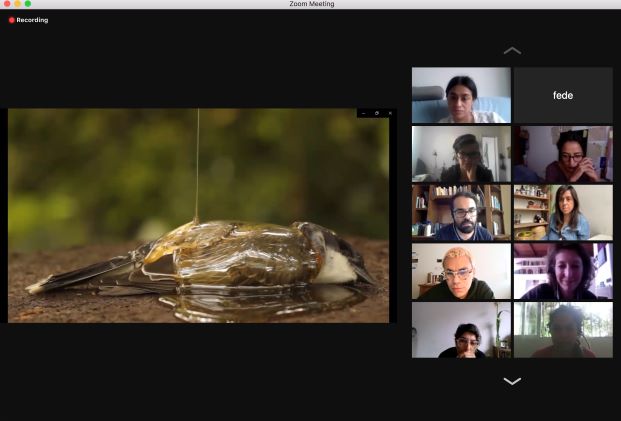
In perspective, it was like a tour of the body with various hearts, brains, intestines and limbs exercising other motor skills, re-learning to eat, to breathe.
Here I call upon Gloria Anzaldúa and think about this question that I find vital: What is spiritual in the fusions and mixtures of languages that you have amassed for this edition? What of all this plays on a border between perception, knowledge, intuition and creation?
MH: How good of you to bring Gloria Anzaldúa into this conversation. When she talks about spirituality and the frontier, Anzaldúa shows us how a new mestizo consciousness is formed after an intense and profound process of getting to know oneself, of not being part of the frontier but “a crossroads,” of becoming a crossroads. Being the border itself, its mobility and flow, it is then about the understanding, and why not, construction of spirituality as a political tool.
I believe that there is a lot of spiritual (as well as political) in Ni apocalipsis ni paraíso and that has generated the diversity of temporalities, the becoming a crossroads, the construction of one’s own path in the program. To talk about dreams after opening the tarot; to open the tarot to talk about ourselves; to look for the irregular, the non-normative, what is not there, or what is left over, and from there to remake the language; to unfold into a soup; to become a plant; to be one’s own intestine. Many things have been kneaded in this edition. This is the beauty of sourdough–to unfold and at the same time to let itself be incorporated, to be whole and to be diverse, to take time, to feed on the climate, to be the same and to be other.
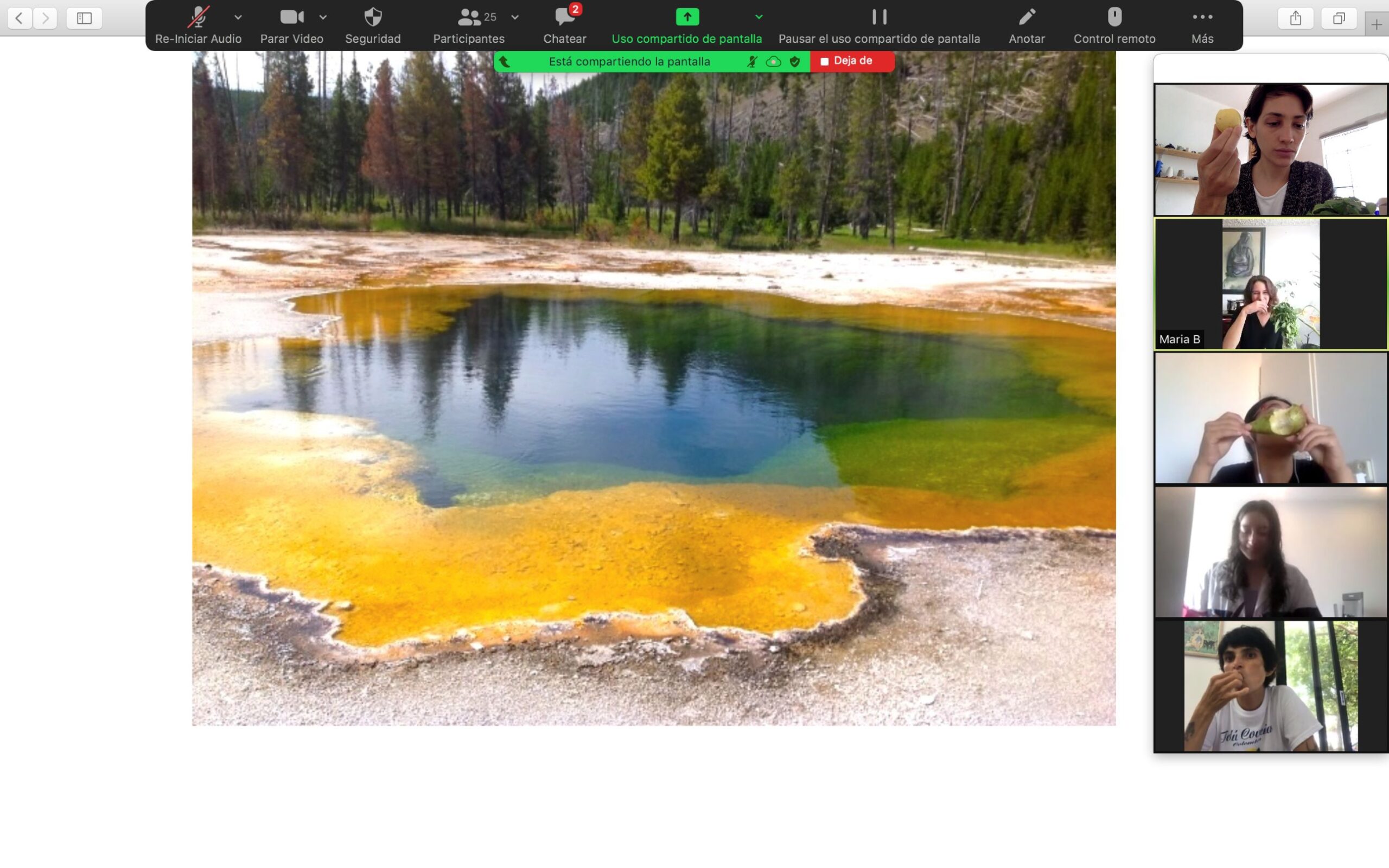
EP: Although it was not directly with Anzaldúa, I think that much of that crossroads, that border place, was a recurring point in our previous talks based on Rosario Castellanos’ poem Meditación en el umbral [Meditation on the Threshold]. To be between several worlds, simply to be on the threshold, to assume it as a way of being. In that sense, the threshold is that place that is neither apocalypse nor paradise but that lets us see the light of other possibilities and, for me, the spiritual is perhaps in assuming or hoping that this place can be a space of encounter. Educational programs in the context of contemporary art have something of that spiritual place where we can meet with others to share emotions, the warmth and confidence of being and being present, of knowing that we are being listened to attentively and with care, with appreciation.
Thinking about the ecosystems that these practices produce, what questions mobilized the composition of this collective of artists? And, following on from this, what are those questions that artistic practices currently open up and that move and sensitize your own teaching/learning practices?
MH: I think there were many issues that moved us to compose this collective of artists. One of the main ones is surely based on our desire for the program to be made by us for us with us. That is to say, that the poetic and theoretical diversity should not be far from local and regional political issues–of now and yesterday. In this sense, rather than looking to a “universal” horizon, we were interested, both in the design of the program and in the composition of the collective of participating artists, in being able to put together a sufficiently diverse system so that control over learning and knowledge would not remain solely in our hands.
Comments
There are no coments available.